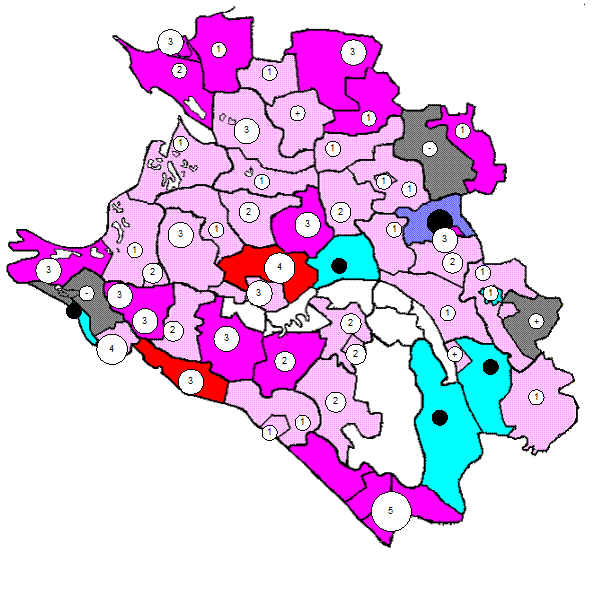A pilot determines aircraft attitude by referring to the horizon. Often, the horizon is not visible. When it is dark, overcast, smoky, or dusty, you cannot see to use the earth's horizon as a reference. When one or more of these conditions exists, the pilot refers to the attitude indicator. The attitude indicator is also known as a vertical gyro indicator (VGI), artificial horizon, or gyro horizon. Attitude indicators show the pilot the relative position of the aircraft compared to the earth's horizon. Attitude indicators may be different in size and appearance, but they all have the same components and present the same basic information. As shown in figure, a miniature aircraft represents the nose (pitch) and wing (bank) attitude of the aircraft with respect to the earth's horizon. A band on the face of the indicator shows the degree of bank. The sphere is shaded light on the upper half and dark on the lower half to show the difference between sky and ground. The calibration marks on the sphere show degrees of pitch. Each indicator has a pitch trim adjustment so the pilot can center the horizon as necessary.






